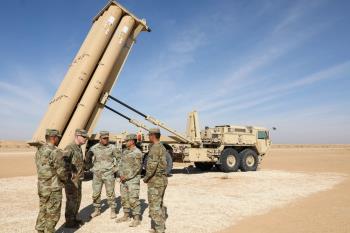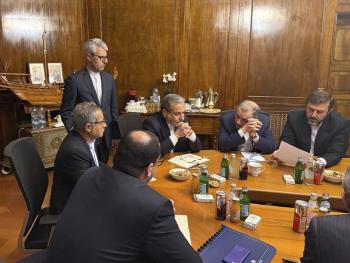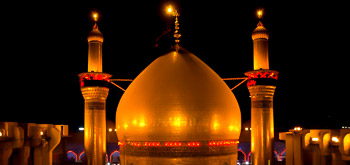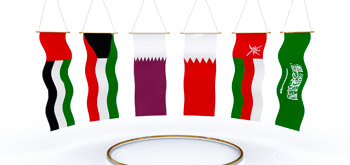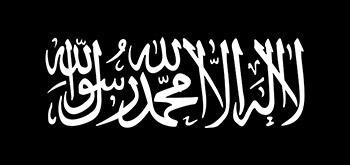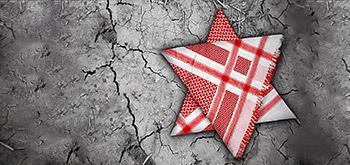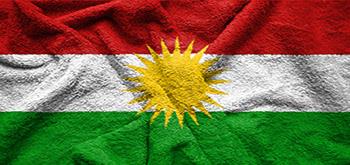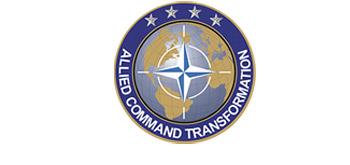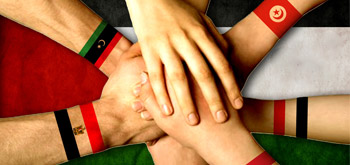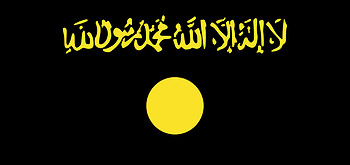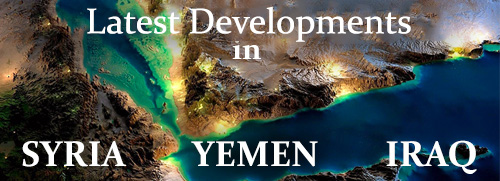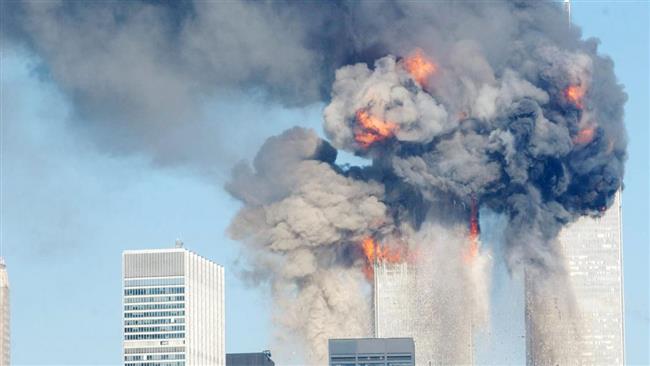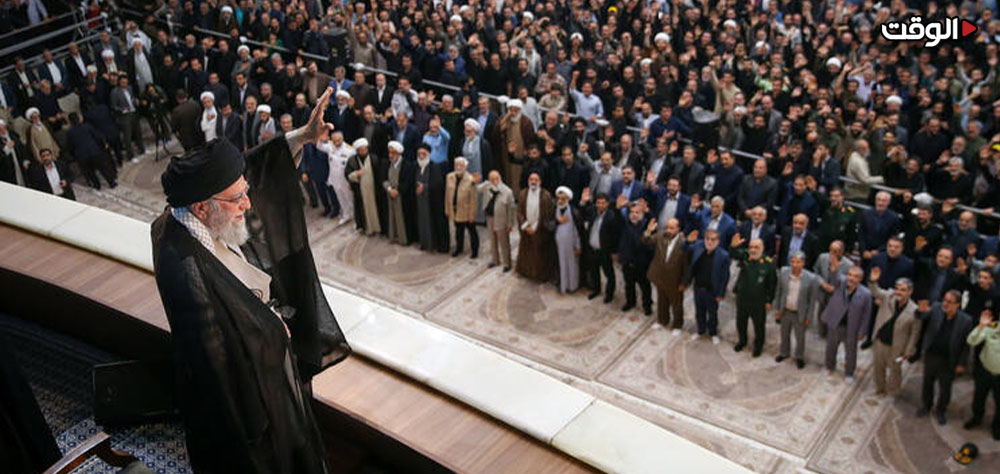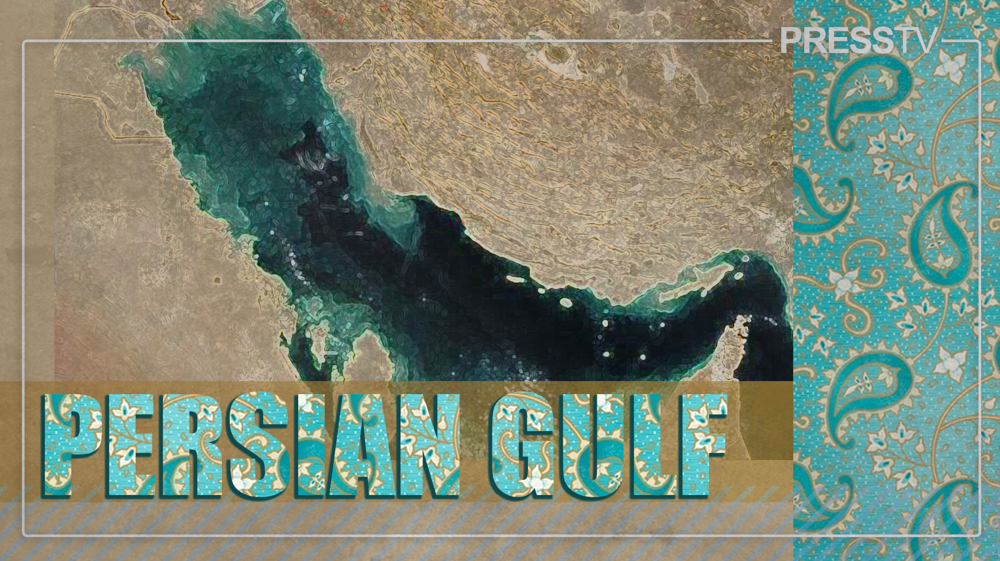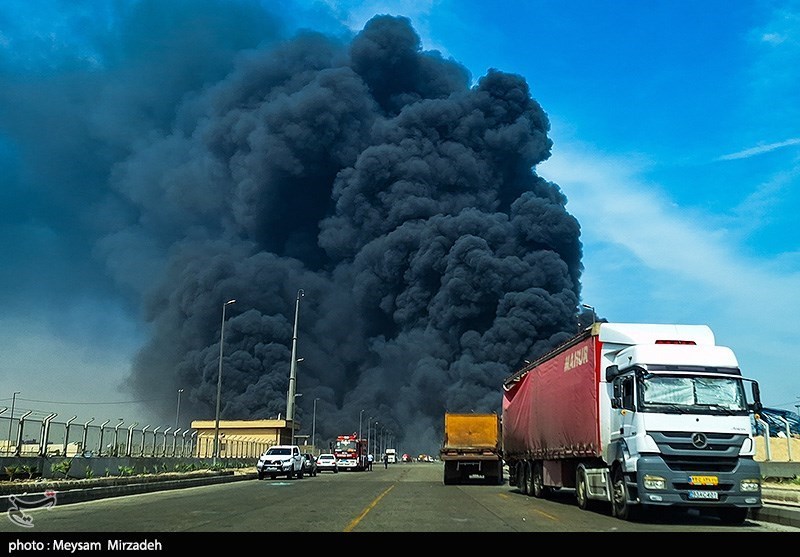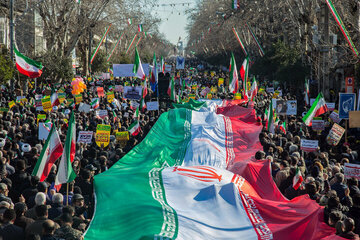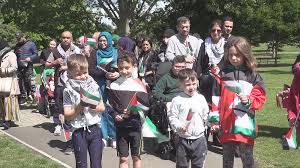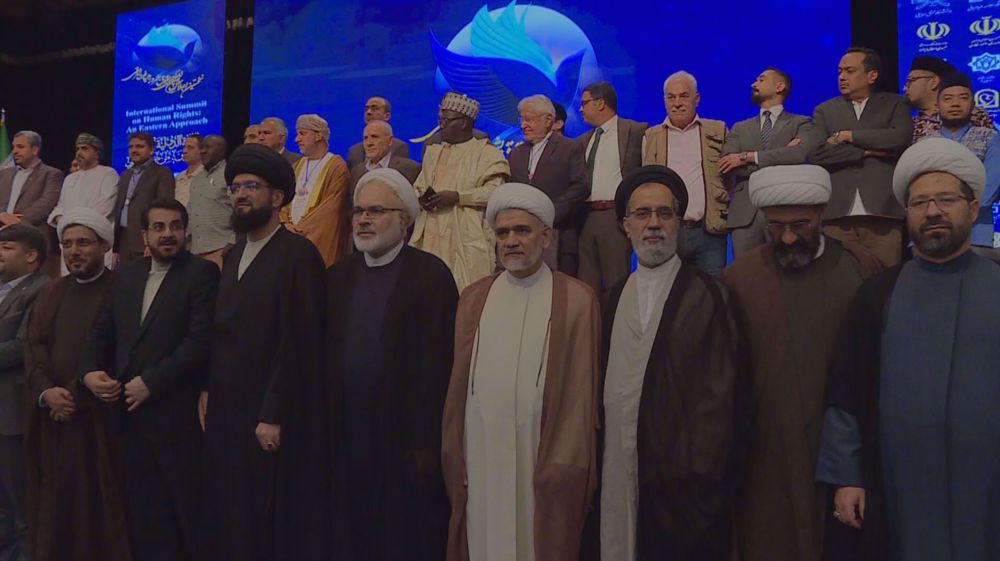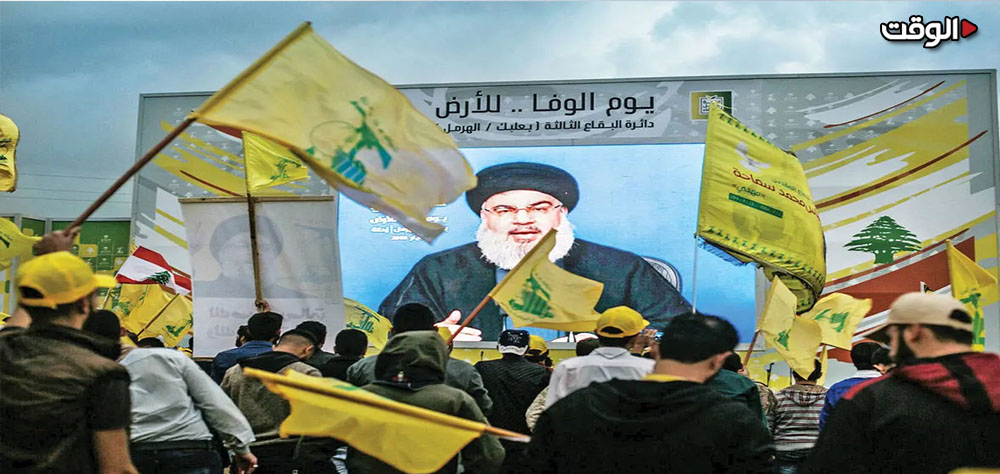Alwaght- A report released by The New York Time sheds light on possible Saudi government complicity in the 9/11 catastrophe.
According to the US daily, two American investigators, in Riyadh, interrogated a man they believed might hold answers to a question: What role, if any, did officials in Saudi Arabia’s government play in the plot?
The man under questioning, Fahad al-Thumairy, had been a Saudi consular official based in Los Angeles and the imam of a mosque visited by two of the hijackers. The investigators, staff members of the national 9/11 commission, were unsuccessful to prove Saudi government's connection as the Saudi Imam denied any ties to the hijackers or their known associates.
Presented with phone records that seemed to contradict his answers, he gave no ground, saying the records were wrong or people were trying to smear him. The investigators wrote a report to their bosses saying they believed Mr. Thumairy was probably lying.
American officials who have read long-classified section of a 2002 congressional inquiry into the attacks, the so-called 28 pages, say that the unanswered questions about Mr. Thumairy and the two hijackers remain the most intriguing as Saudi government alleged role most likely goes through hom.
At the F.B.I., the Sept. 11 plot officially remains an open case. While there is broad agreement on how it unfolded, there are aspects of the investigation that remain unresolved. And the mystery begins with the arrival at Los Angeles International Airport on Jan. 15, 2000, of two Saudi men who more than year and a half later would be among the hijackers who crashed American Airlines Flight 77 into the Pentagon.
Apart from their proven devotion to the jihadist cause, the men, Nawaf al-Hazmi and Khalid al-Mihdhar, seemed unlikely choices for a pair of terrorists who would have to survive, and plot for months, in the United States. Neither spoke English or had experience navigating American life.
An F.B.I. document from 2012, cited last year by an independent review panel, concluded that Mr. Thumairy “immediately assigned an individual to take care of al-Hazmi and al-Mihdhar during their time in the Los Angeles area.” The review broadly upheld the conclusions of the 9/11 commission on Saudi involvement, and the F.B.I. has still not been able to fill other gaps in the timeline of those initial two weeks in January 2000.
When the two hijackers reappeared in early February, they were eating at a restaurant, Mediterranean Gourmet, near the mosque. There, they encountered Omar al-Bayoumi, a fellow Saudi who was on the Saudi government payroll through the country’s civil aviation authority, possibly with an assignment to keep an eye out for Saudi dissidents in California.
Mr. Bayoumi later told the F.B.I. that the meeting was happenstance — that he overheard Mr. Hazmi and Mr. Mihdhar, noticed their Gulf accents and struck up a conversation. But the bureau believed that Mr. Bayoumi had met with Mr. Thumairy at the mosque just before he met the hijackers in the restaurant, and investigators wondered whether Mr. Thumairy had arranged the meeting.
At the time, Mr. Thumairy was part of a network of representatives of the Saudi Ministry of Islamic Affairs, which finances mosque-building, trains clerics and proselytizes the Wahhabism, an extremist interpretation of Islam.
Investigators wrote that Mr. Thumairy appeared to be “deceptive” when questioned about his contacts, notably with Mr. Bayoumi. He denied knowing Mr. Bayoumi, despite telephone records that showed 21 calls between them over two years.
Whether out of charitable instincts or at someone’s direction, Mr. Bayoumi, then 42, helped the two future hijackers settle in San Diego, in the apartment building where he himself lived. He co-signed the lease and paid the security deposit and first month’s rent, though they reimbursed him.
Mr. Lambert, the former F.B.I. official in San Diego, said he was skeptical that the assistance was given by chance. With the 9/11 plot riding on the hijackers’ ability to manage daily life, he said, Qaeda leaders would most likely have made arrangements to get them help.
“I have to believe something was planned for the care and nurturing of these guys after they arrived,” he said. “They weren’t too sophisticated, and they didn’t speak English. They needed help getting settled and making preparations.”
There were other tantalizing suggestions of a possible network of supporters. Mr. Hazmi and Mr. Mihdhar began worshiping at a San Diego mosque where the imam was Anwar al-Awlaki, an American cleric who years later would became an infamous online recruiter for Al Qaeda. A Yemeni student named Mohdar Abdullah drove them around, helped them open bank accounts and connected them with flight schools. Two Saudi naval officers living in San Diego had telephone contact with Mr. Hazmi.
But it was the Thumairy-Bayoumi connection that some investigators found to be the most suspicious.
The first independent panel investigating the attacks, the Congressional Joint Inquiry, compiled a list of leads into the California part of the plot that it turned over to the F.B.I. and C.I.A. and eventually became part of the 28 pages withheld from the public version of the report. That section has remained classified.
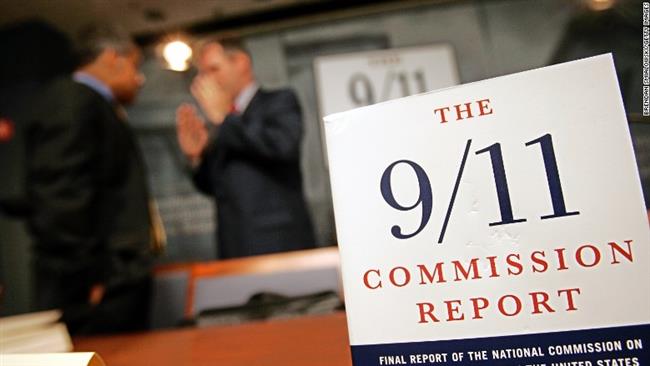
The 9/11 commission’s final report says that investigations do not rule out the possibility that lower-ranking Saudi officials had assisted the hijackers.

